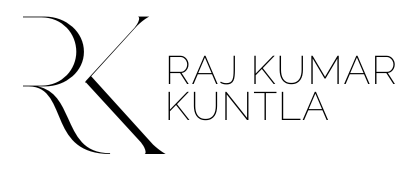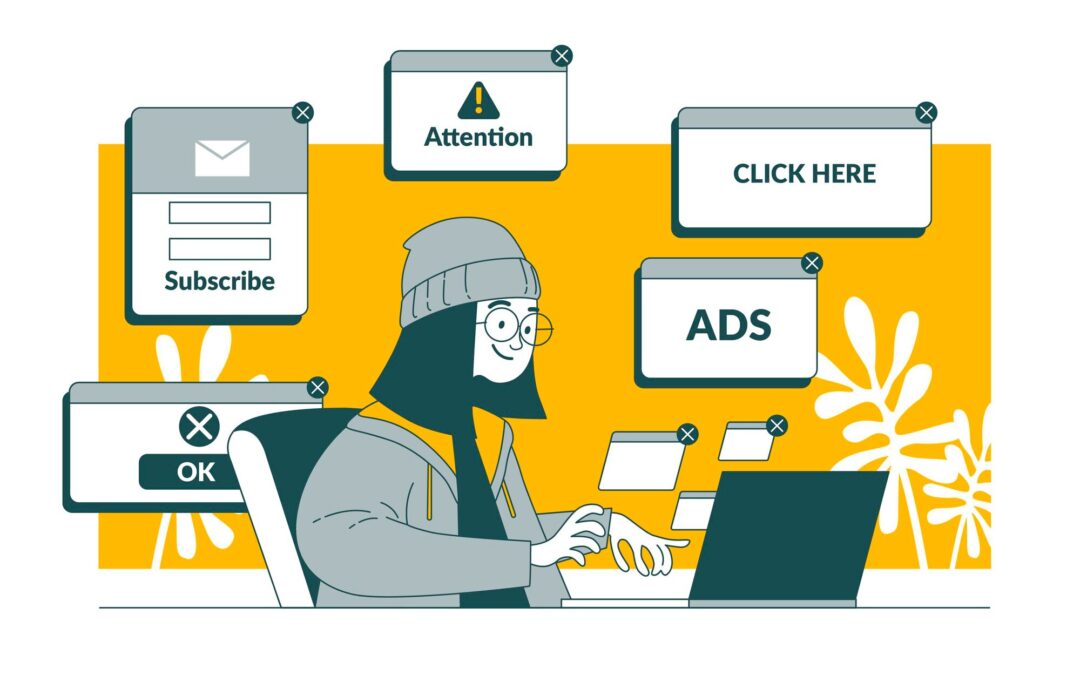Google Ads & Paid Advertising:
A Complete Guide to Maximising ROI
Introduction
In today’s digital landscape, Google Ads and Paid Advertising have become essential tools for businesses looking to reach their target audience quickly and drive conversions. Unlike organic marketing strategies that take time to show results, paid advertising offers immediate visibility, precise targeting, and measurable outcomes.
With the right approach, businesses can leverage Google Ads and other paid advertising platforms to generate leads, increase brand awareness, and maximize return on investment (ROI). In this blog, we’ll explore the fundamentals of paid advertising, how Google Ads works, and best practices for running successful ad campaigns.
What is Paid Advertising?
Paid advertising is a digital marketing strategy where businesses pay to display their ads on search engines, social media platforms, and third-party websites. These ads are designed to attract potential customers, drive website traffic, and increase sales.
Types of Paid Advertising
- Search Ads – Appear at the top of Google search results when users enter relevant keywords.
- Display Ads – Visual ads that appear on websites, apps, and YouTube.
- Social Media Ads – Paid promotions on platforms like Facebook, Instagram, LinkedIn, and TikTok.
- Video Ads – Short promotional videos on platforms like YouTube and social media.
- Shopping Ads – Product listings that appear in Google Shopping results.
- Retargeting Ads – Show ads to users who previously visited a website but didn’t convert.
Paid advertising provides businesses with highly targeted traffic and faster results compared to organic marketing strategies.
What is Google Ads?
Google Ads is Google’s paid advertising platform that allows businesses to bid on keywords and display ads across Google Search, YouTube, and partner websites. It operates on a pay-per-click (PPC) model, meaning businesses only pay when users click on their ads.
Types of Google Ads
- Search Ads – Text-based ads that appear on Google search results.
- Display Ads – Image-based ads shown on Google’s partner websites.
- YouTube Ads – Video ads that play before or during YouTube videos.
- Shopping Ads – Product ads displayed on Google Shopping.
- App Promotion Ads – Ads designed to drive mobile app installations.
- Performance Max Ads – AI-driven campaigns optimized across Google’s entire ad inventory.
Google Ads helps businesses capture high-intent users who are actively searching for products or services.
Why Use Google Ads & Paid Advertising?
✔ Instant Visibility – Get immediate exposure to your target audience.
✔ Precise Targeting – Ads can be tailored based on location, demographics, interests, and behaviors.
✔ Measurable Performance – Track key metrics like clicks, conversions, and ROI.
✔ Flexible Budgeting – Set daily or lifetime budgets to control ad spend.
✔ Competitive Advantage – Appear above organic search results and competitors.
Google Ads and paid advertising are cost-effective when optimized correctly, delivering high returns on ad spend (ROAS).
How to Create a Successful Google Ads Campaign
1. Define Your Advertising Goals
Before launching an ad campaign, determine what you want to achieve:
- Increase website traffic
- Generate leads
- Boost online sales
- Improve brand awareness
- Drive local store visits
Having clear goals ensures a focused and effective advertising strategy.
2. Conduct Keyword Research
Google Ads relies on keywords to match ads with user searches.
- Use Google Keyword Planner to find relevant search terms.
- Target high-intent keywords with strong commercial value.
- Include long-tail keywords for more specific and cost-effective targeting.
Effective keyword selection improves ad relevance and quality score, leading to lower costs per click (CPC).
3. Optimize Ad Copy & Creative
Compelling ads attract clicks and conversions.
- Headline – Use attention-grabbing text with keywords.
- Description – Highlight unique selling points (USPs) and call-to-action (CTA).
- Display URL – Ensure it aligns with the landing page content.
For display and video ads, use high-quality visuals, clear messaging, and engaging calls-to-action.
4. Set Up Audience Targeting
Google Ads offers advanced targeting options to reach the right audience:
- Demographic Targeting – Age, gender, income, education, etc.
- Interest-Based Targeting – Users based on their online behavior.
- Retargeting – Re-engage previous website visitors.
- Lookalike Audiences – Target users similar to existing customers.
Precise targeting ensures higher engagement and better ROI.
5. Optimize Landing Pages
A well-optimized landing page improves ad performance and conversion rates.
- Fast Loading Speed – Pages should load in under 3 seconds.
- Clear Headlines & CTA – Make the action easy for users.
- Mobile-Friendly Design – Ensure responsiveness across devices.
- Trust Signals – Add testimonials, security badges, and guarantees.
The better the landing page experience, the higher the conversion rate.
6. Monitor & Optimize Campaign Performance
Regularly track key performance indicators (KPIs) to refine your ads.
- Click-Through Rate (CTR) – Percentage of users who click on ads.
- Cost-Per-Click (CPC) – Average cost of each ad click.
- Conversion Rate – Percentage of users who complete desired actions.
- Return on Ad Spend (ROAS) – Revenue generated per dollar spent.
Use Google Analytics and Google Ads reports to analyze data and make data-driven improvements.
Best Practices for Google Ads & Paid Advertising
✔ Use Negative Keywords – Exclude irrelevant search terms to save budget.
✔ A/B Test Ads – Compare different ad versions to find the best-performing one.
✔ Bid Smartly – Adjust bids based on performance and competition.
✔ Schedule Ads Strategically – Run ads when your audience is most active.
✔ Monitor Competitors – Analyze what competitors are doing and adjust accordingly.
✔ Leverage Automation – Use Google’s AI tools like Smart Bidding for optimized results.
Implementing these best practices ensures higher efficiency and better ROI.
Common Mistakes to Avoid
Many advertisers fail due to common mistakes:
❌ Not Using Ad Extensions – Additional information boosts visibility and CTR.
❌ Ignoring Mobile Optimization – Most users browse and click ads on mobile.
❌ Overlooking Quality Score – Low scores increase CPC and reduce ad rank.
❌ Sending Traffic to a Poor Landing Page – A bad user experience lowers conversions.
❌ Not Tracking Conversions – Without tracking, it’s impossible to measure success.
Avoiding these mistakes helps maximize ad performance and budget efficiency.
Final Thoughts
Google Ads and paid advertising are powerful marketing tools that, when used correctly, can drive significant business growth. By targeting the right audience, optimizing ad copy, refining bidding strategies, and continuously improving performance, businesses can achieve high ROI and sustainable digital success.
Are you looking to launch or improve your Google Ads campaigns? Let’s create a customized paid advertising strategy that delivers real results for your business.

